A Land of Ice and Fire
As with my other photosets, clicking on a photo will open a larger version, and text in red represents a clickable link.
On arriving in Reykjavik, I immediately went to visit the local polar bear gift shop, of course. The (sadly fake) polar bears out the front were surprisingly clean. I also learned that one of these guys had recently been placed in a petting zoo, apparently to fulfil one of the campaign promises of the previous mayor of Reykjavik…
Hallgrimskirkja – the iconic lutheran church in Reykjavik. I was surprised to learn that the design was not intended to resemble pipes in a pipe organ, but instead is meant to resemble the basalt columns found at various locations around the country which are formed when molten lava cools very gradually and forms a roughly hexagonal crystaline structure which reveals itself when the stone cracks and is eroded.
The church, nevertheless, does have a large and very impressive pipe organ.
And the view from the tower is impressive.
Downtown Reykjavik is a pleasant and peaceful place filled with quaint little cafes and a bunch of almost identical touristy shops. Street art fills the public spaces and pedestrian zones.
Icelandic parliament, the site of rather a lot of drama lately, with the prime minister stepping down recently in the wake of the Panama Papers revelations, as well as upcoming presidental and parliamentary elections.
All throughout the city, random buildings were decorated with some very interesting murals.
Yes, Reykjavik has a Chuck Norris grill, whose windows were plastered all over with Chuck Norris jokes.
Although rather comical-looking, these rather ludicrously large tyres serve a real purpose – when there is snow (which, depending on where you are in Iceland can literally be any time of the year) deflating these big tyres slightly allows them to more easily traverse it. Apparently it is a common pastime in Iceland to go out with a group of friends and 3 or more of these things (so you can winch your friends out of a hole if you get stuck), and just drive through the snow.
Perlan – apparently a hot water storage facility which now includes an observation deck and revolving restaurant on the top floor with expansive views over the city.
At the top of Perlan, overlooking the city (you can just make out Hallgrimskirkja in the background).
This was a very interesting Airbnb – a Honda CRV 4WD with back seats removed and a bed put in their place. Comes with chair and sleeping bags, and blacked-out rear windows (a must in Icelandic ‘summer’ when the sun hardly sets and the sky never gets dark).
The hot springs in the area around the “Queen’s Hole” – one of the places where the Icelanders first started experimenting with geothermal energy. There are a number of large boreholes in the region, and many random bubbling pools of mud. It’s also smelly.
As I drove further east from Reykjavik, I followed the coastline and came across a rather nice seafood restaurant serving fresh langoustine. This was to be the first of many wonderful (and expensive) meals featuring very fresh Icelandic seafood.
And one of my first major tourist stops of this trip – Seljalandsfoss, otherwise known as “that waterfall that you can walk behind”
Because of the spring thaw, it really is quite impressive. What the photos don’t tell you is that in order to get to this position, one ordinarily has to get very wet (although that should be obvious if you think about it a little)
Further on, the road followed the coast and afforded expansive views over endless black volcanic-sand coastline interspersed between lava fields formed by molten rock of various viscosities .
If you cast your mind back to Hallgrimskirkja (or scroll up, whatever), you’ll remember that it was designed to resemble basalt columns formed when certain types of lava cool very gradually.
As you can see here, the structure isn’t always completely regular, or hexagonal.
But if you have enough lava, you’ll eventually find places where it is regular, hexagonal, and large enough to sit on.
Black pebble beaches and big waves.
Expansive lava fields create an eerie landscape. In some places it looks a bit like the moon. So much so that Apollo astronauts actually DID come to Iceland to train.
This is one of many glacier ‘tongues’ sticking out of Vatnajökull – apparently Europe’s largest glacier, and covering about 10% of Iceland’s land area. Even though glacier’s are made of ice, and we tend to think of ice as a solid, under the continuous pressure of snowfall and melting which accompany the seasons, glaciers behave like very slow-moving liquids, spilling out of their ice fields between mountain peaks in tongues like these.
Up close you can see the various features of the glacier. In some places it is covered in dust. Sometimes this causes that part of the glacier to melt more quickly, as dark colours absorb more heat than lighter colours, but sometimes the dust is so thick that it has an insulating effect and that part of the glacier melts more slowly.
Cracks form all through the glacier as it moves, and as water collects in these cracks, the cracks get bigger.
Lucky for our crampons, otherwise we would have probably slipped and fallen by now.
Tools of the trade – ice axes.
A raven.
So… I had a go at ice climbing on the glacier.
Not that we particularly needed to ice climb, it just seemed like a fun thing to do.
This is what happens when you let other people use your camera – they accidentally flip a switch or two and put the camera into double exposure mode… although I’ll admit that the result isn’t terrible.
That’s a bit better. The GoPro footage isn’t too bad either (yes, I’m wearing my cut-proof short track skating gloves. they’re warm!)
There’s a very satisfying feeling when you swing that ice axe and it bites into the wall of ice that you’re trying to climb. (the marks on the face are from us rubbing fine volcanic ash on our faces – it’s meant to be good for your skin)
A variation on “Where’s Wally” – hover your mouse over this image to see the two people in the picture.
That’s the same photo, cropped and enlarged so you can see the detail, and so you can get a sense of the scale of these glacier things.
Naturally, I took my camera with me for one of the climbs so I could get a good shot of a cravasse.
Near the visitor’s centre for Skaftafell, there was another lovely waterfall, this time with more of those hexagonal basalt columns.
Most of the drive was variations of this… with some startlingly good visibility.
And another meal consisting of fresh langoustines – this time in Höfn, where these things are literally fished out of the bay the day we eat them (at least during the peak of tourist season, when it’s quieter, you might eat one which has been dead for two days).
A dessert, with icelandic “Skyr” which is like yogurt, but thicker, and richer in protein.
Towards the east of Iceland, the scenery changes a bit, and you get these lovely high mountains towering above fjörds.
One of the tongues of the Vatnajökul glacier spills out into a little lagoon, so we have a lagoon full of little icebergs.
A perfect opportunity to use an amphibious vehicle to take a bunch of tourists around.
There were considerable delays to the boat schedule because, as it was spring, the ice hadn’t all cleared up, and it was difficult to find a route through all the icebergs (and the boat didn’t want to hit any icebergs because… yeah… boats hitting icebergs doesn’t end well).
SEALS!!!
So when the ice breaks off the glacier, it’s blue and quite transparent, but when it is exposed to the sun for a long time, it takes on that matte-white appearance. However, icebergs are in a constant process of melting, so they occasionally rebalance themselves, exposing the blue ice.
Good day for a swim. I didn’t join him this time. Maybe later.
Did I mention that visibility was really great? The mountain and glacier tongue in the distance looks close-ish, but it’s actually enormous, and about 100km away.
So there are numerous streams connecting the tongues of the glaciers to the ocean, and there are many small bridges to cross these streams. But very occasionally, a volcano erupts and (surprise, surprise) the ice melts and you get these flash floods. These floods occasionally destroy these bridges, and here’s a piece of leftover bridge.
Here’s some nice black volcanic ash beach. In the distance is the volcano Eyjafjallajökull (pronounced EYE-a-FYAT-la-YOKE-ult) which is about 70km away.
Right at the foot of the volcano, is a Seljavellir – a hot outdoor public bath (apparently this is a thing in Iceland) where you can just hang out and watch the world go by.
Just to the south of the mainland is Vestmannaeyjar – the Westman Islands. Visible in the distance from the mainland.
While waiting for the ferry, I had a quick trip to revisit Seljalandsfoss because the sun had come out and I hoped to get the “rainbow effect” on the waterfall.
So the largest, and ‘main’ island is called Haimaey and, like pretty much all of iceland, was formed by volcanic activity. There was a very recent eruption in 1973 which occurred on Haimaey and expanded it somewhat. Of course, the island had to be evacuated, and here you can see the lava flow, frozen in its tracks, and carrying with it the edge of what used to be a large public swimming pool.
A quaint little town whose main industry is fishing, followed by tourism.
I walked all the way to the southern tip of the island from which you can see a long series of small islands, often uninhabited. Among these is Surtsey, an island created in an eruption way back in 1963. Also, a seagull totally photobombed this shot…
Sheep are not native to Iceland, they were brought here by viking settlers. Apparently during the viking age, you ‘made it’ if you took all the wealth you had ‘gathered’ during your raids, and settled in Iceland with a sheep farm.
The symbol of the Vestmannaeyjar is the puffin, and that is because there are lots of them. One of the more awkward sea-birds around, they are distinguished by their rapidly flapping wings, especially compared to other species of gull and tern who are much more ‘glide-y’ in the way that they fly.
yeah. this totally just happened. No, I don’t know why they did it.
One can easily climb to the top of Eldfell, the new volcano, which is interesting not just because of the view and the geology, but also because you can feel patches where it is still warm (it has been cooling very slowly since 1973)
Note to self: don’t go hiking up volcanoes in socks and sandals. At least not in white socks.
The reason Iceland is so volcanically active is because it lies directly on the mid-Atlantic ridge. Half of iceland is part of the Eurasian tectonic plate, and the other half is on the American plate. On the land, by chance, there is a spot (Silfra) where you can dive or snorkel along the ridge itself.
Silfra is located in Þingvellir (pronounced THING-vet-leer – I’m probably getting all of these wrong) national park. The water comes from a faraway glacier and, having passed through several kilometers of sand and soil, emerges here in a very clear state. In fact, it is some of the clearest water I’ve ever seen anywhere.
Naturally, I went snorkelling along the ridge and, aside from the amazing visibility, everything is also very blue.
This was also a pretty good test for my new GoPro Hero 4 Session, which I would highly recommend to anyone.
Driving back to Reykjavik on the mainland, an interesting road safety campaign display. The text was on the other side, and probably said something like “don’t take pictures while you’re driving”
Returning to the capital, it was time to sample some local delicasies – like fermented shark with brennevin – a local schnapps. An acquired taste, and one which I am yet to acquire.
Remember those puffins? Delicious.
And this was my biggest guilt trip of my… trip. Whale meat. The meat of a baleen whale is tasty and game-y, and this particular whale steak tasted venison-ish with a dash of liver. I was led to believe that this was part of the traditional Icelandic diet and culture, but have since learned that it’s a relatively recent thing (in the last 60 years or so). The take-home lesson here – don’t eat whale meat.
An incomplete bridge.
I didn’t see any puffins bigger than the average chicken, but apparently they grow to the size of small humans, as evidenced by this shop display.
An interesting strategy to sell mints. Singing like Björk or seeing the Northern lights can probably be achieved by consuming things which look a little bit like mints…
Sægreifinn – probably my favourite eatery in iceland. Firstly, a really nice lobster soup which actually contained a lot of lobster. Secondly, a fridge full of fresh seafood on skewers which you would just pick out and they cook for you then bring to your table. Thirdly, probably also the cheapest food in all of Iceland (yes, prices here are a bit like Norway – expensive).
A cool little statue.
Something about Scandinavian capital cities and fancy opera houses.
Is it a fork? Is it a ship? Is it a tourist trap?
Strangely enough when I travelled through patagonia I also encountered a dog with differently-coloured eyes.
Another thing unique to Iceland – the Icelandic horse. Similar to the Mongolian horse which I also had the pleasure of riding during my trip there. Short, stocky, and able to perform an unusual gait – the Tölt – similar to a trot, but smoother and faster.
So what was I to do, other than strap the gopro to my helmet, and go for a ride?
A relatively tame ride through some nice scenery and lava fields. The group eventually split into “beginner” and “experienced” riders, but even among the experienced group, there were people who clearly weren’t very comfortable on a trotting horse. When I eventually return, I’m taking a longer, more challenging ride, aimed towards “experienced” riders.
Distant glaciers, volcanoes, and horses – pretty much all I knew about Iceland prior to my arrival here.
A statue of a horse carrying a giant set of chopsticks.
This was a rather creative approach to the practice of picking up unpaired gloves and placing them somewhere eye-catching.
The old harbour. Those green buildings used to process fish, but now are full of seafood restaurants and tourist shops.
Two humpback whales! So apparently humpbacks are quite solitary animals, and you generally only see two together when it’s a mother and a calf. However, these two…
were probably on a date
whale tail. mouseover the image for a wave 😉
so these guys were really curious, they came right up to the boat and poked their heads out of the water for a better view
maybe a sniff too
and a wave goodbye, before going extinct
there’s a quiet little scuplture garden next to the Hallgrimmskirkja, and among the many sculptures is an anatomically-impossible one of a guy holding his head
bet you didn’t see that one coming
Sushi Samba, a Japanese-Brazillian fusion restaurant serving Icelandic ingredients…
And with this creepy display of dolls
Hot springs, stinky steam bubbling out of the ground…
Little-known fact – the English word “geyser” comes from Geysir – the name of one of the more active geysers in Iceland. It’s a bit quieter now, but Strokkur, about 30m away, erupts every five minutes or so to a height of about 20-30m.
It was a quiet day.
Fairly close to Geysir, within what’s called the “Golden Circle” by all the tourist companies, is Gulfoss which is a really big waterfall.
The Kerið (pronounced kerith, with the “th” sound of “the”) crater, volcanic (duh), and about 3000 years old. The water was the most striking blue colour, and not at all transparent like Silfra.
So throughout Copenhagen, there are these little public bike pumps dotted all over the place and they’re there so that you can refill your flat tyres when you’re cycling around. In Reykjavik, they’ve taken the concept to a whole new level, with pumping stations which also have a vast array of bike-repairing tools.
Near Perlan (recall from the start of the trip) there was an area where excess hot water would run off into the sea. Of course, hot water is a popular thing to bathe in, especially among Icelanders, so many people took to bathing at the spot where this water met the sea. Eventually the location was turned into a ‘proper’ artificial beach, complete with obviously foreign sand, and public hot pool.
One of the stranger little oddities in the city is the “Phallological Museum” which is exactly what it sounds like.
It was less exciting than I anticipated, mostly displaying glass jars with the genitalia of various different species.
Including the very impressive Sperm Whale Physeter macrocephalus.
The Settlement museum, which is affectionately called the 871 plus or minus 2 museum (that is the best estimate for when Reykjavik was settled).
The saga exhibition was very interactive – you could browse through a bunch of random facts about the old books, which would have been a lot more fun that simply looking at them in their climate-controlled glass cases.
Even in these ornate, manuscripts, those old vikings couldn’t resist drawing some buttcheeks.
Entry into the settlement museum came with half price entry into the maritime museum, so… why not? For a very long time, fishing and wool were the main industries of the country.
There were lots of little model boats with amazing levels of detail. Traditional fishing practices have effectively died out with the introduction of trawlers at the beginning of the 20th century. Even though fishing is still an important part of the Icelandic economy, it is become less significant as an employer, and tourism is starting to take over.
This is good news for the whales, since the money and employment from tourism has started to have more political sway than the whaling industry, which has so far been successful in maintaining Iceland, along with Japan, as the only two countries in the world to continue whaling despite the international moratorium.

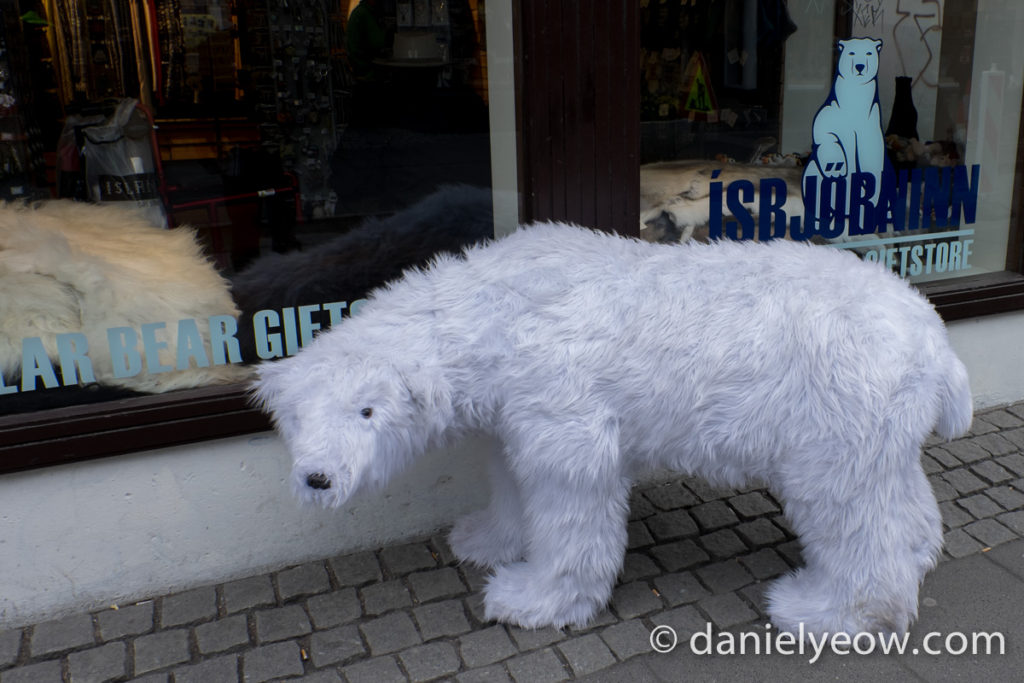
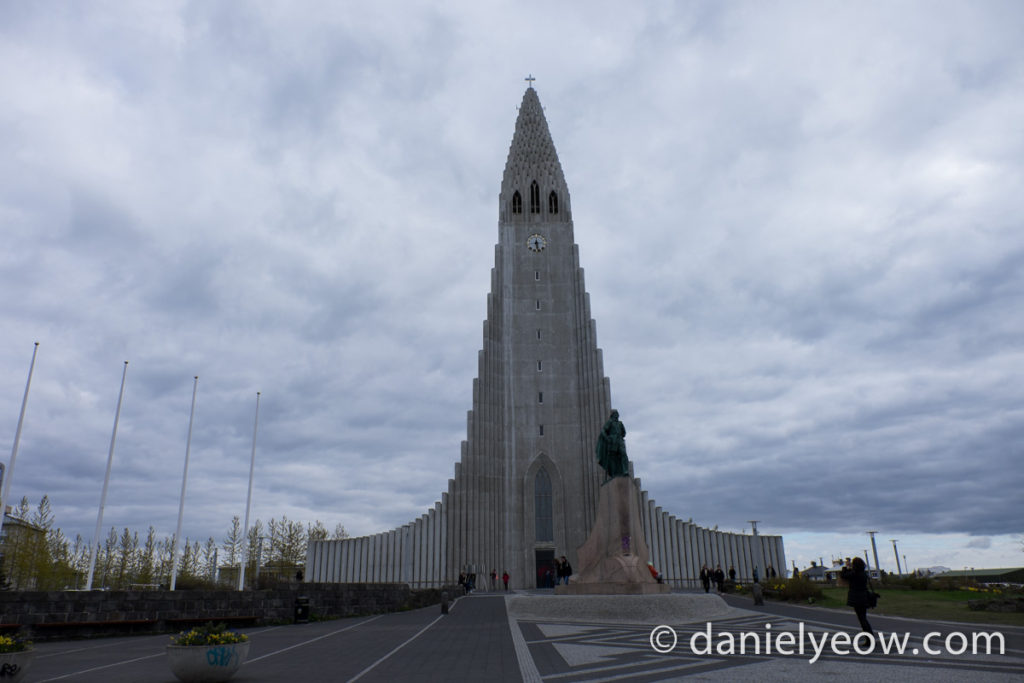


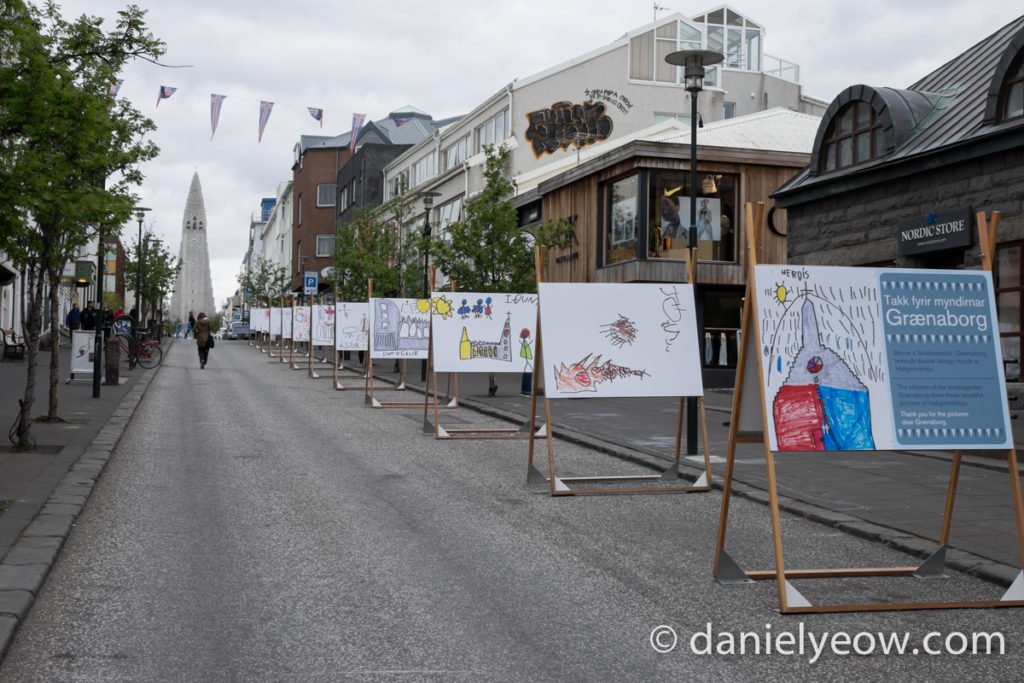








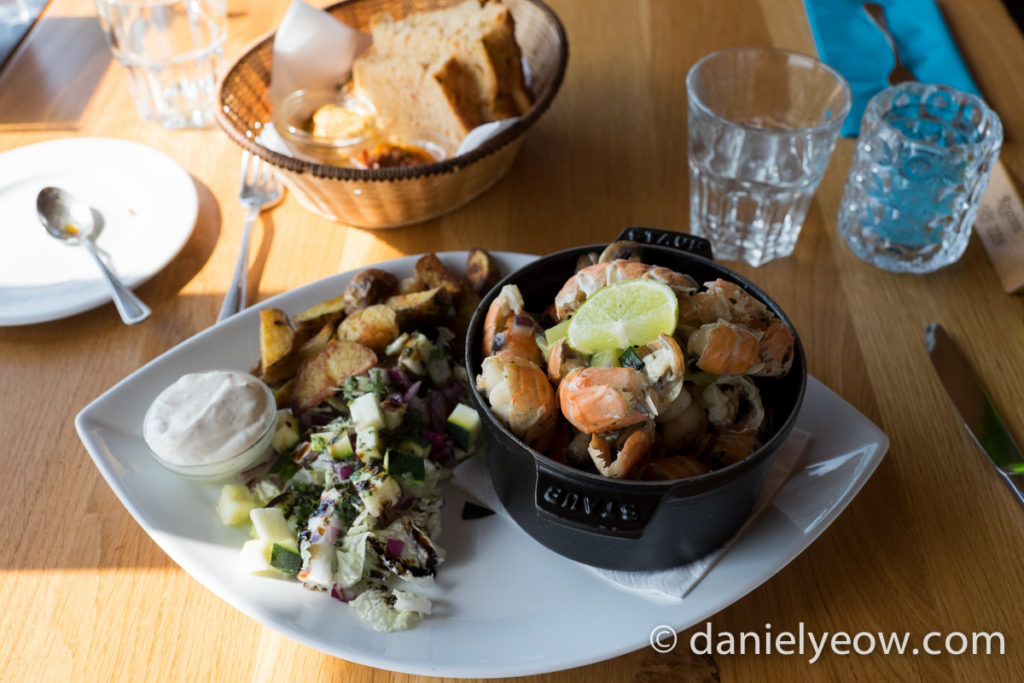
















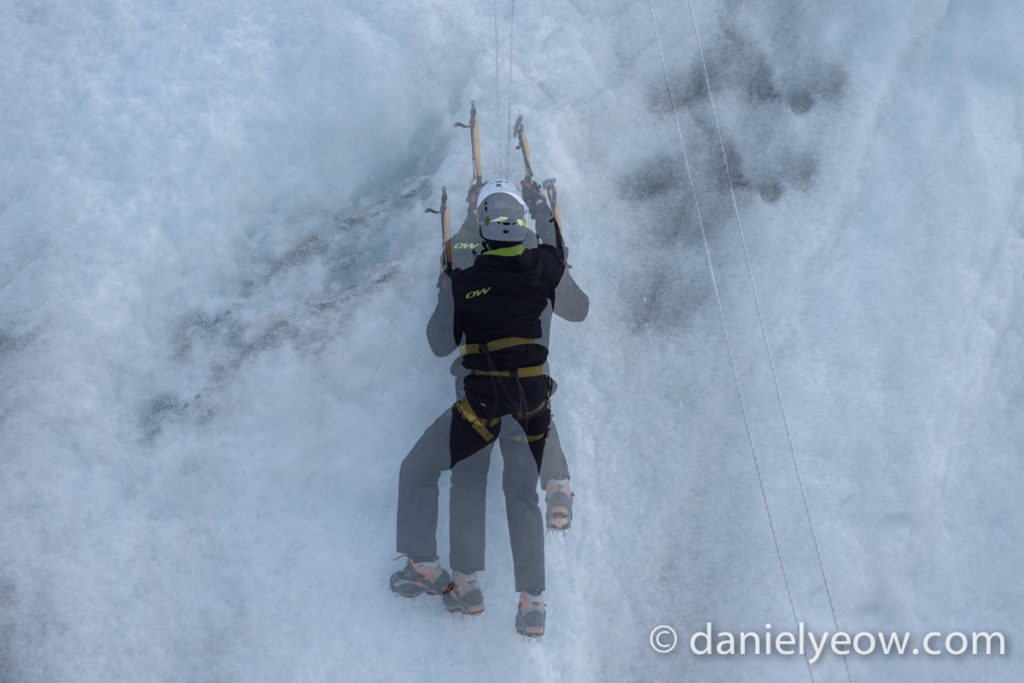






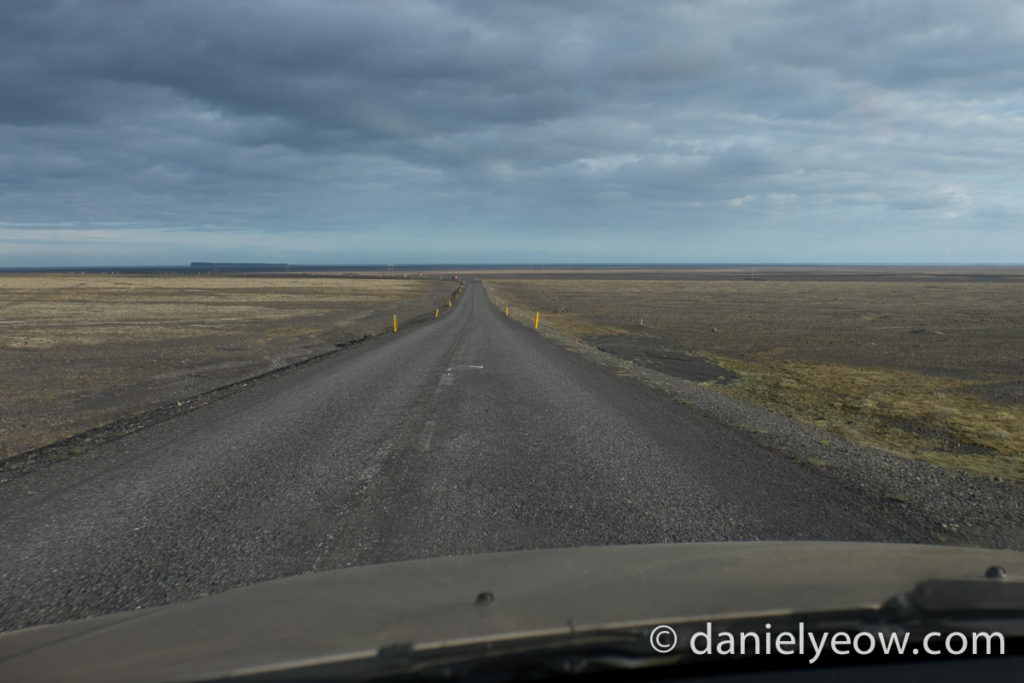









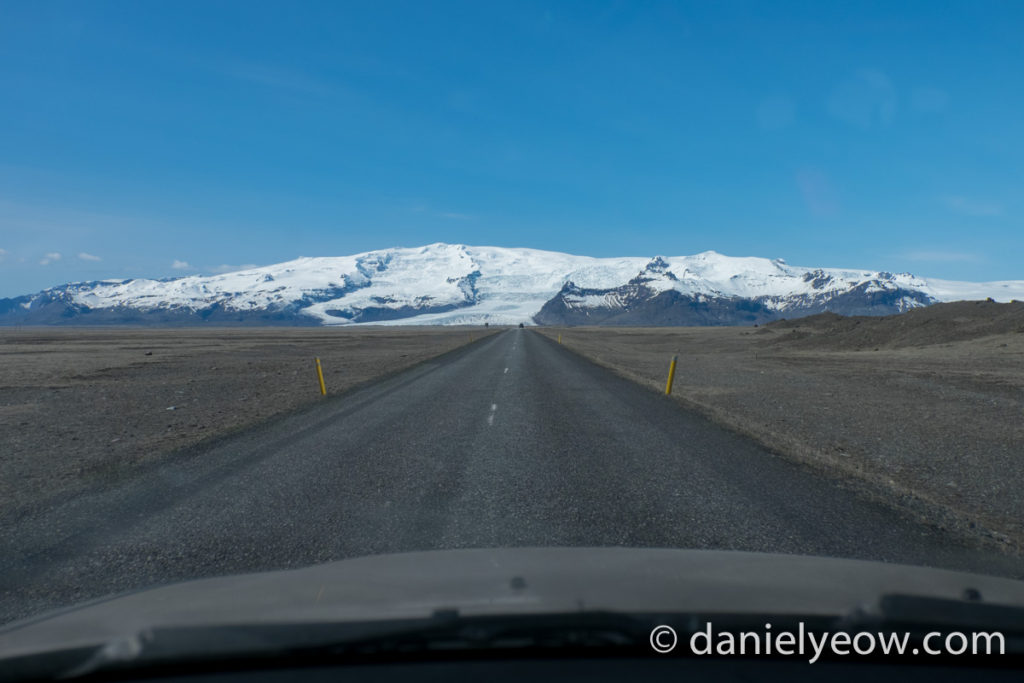











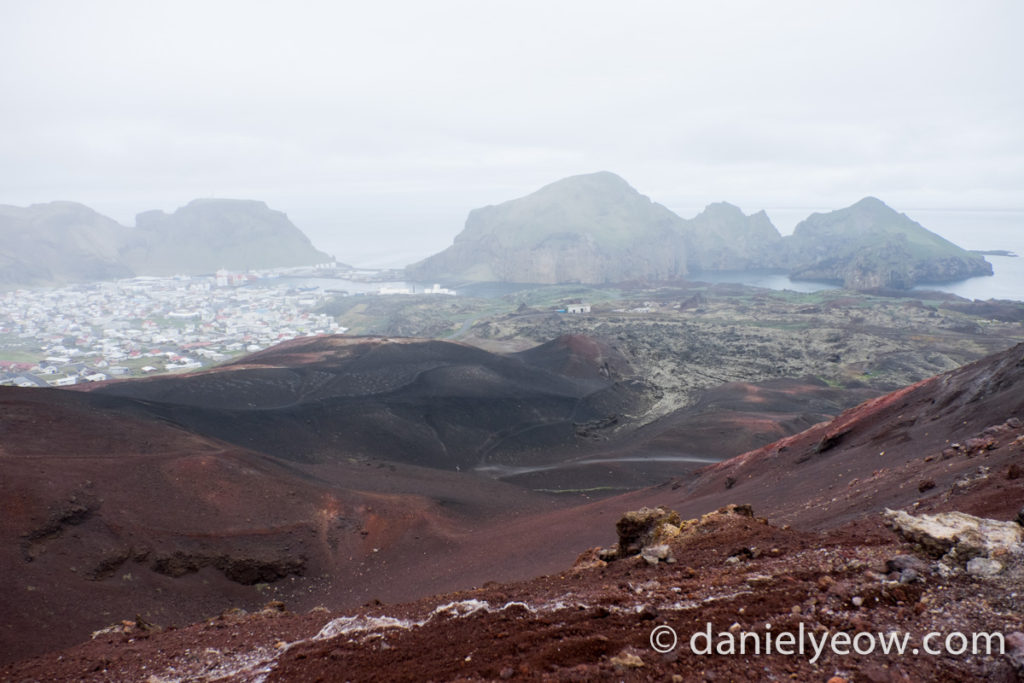




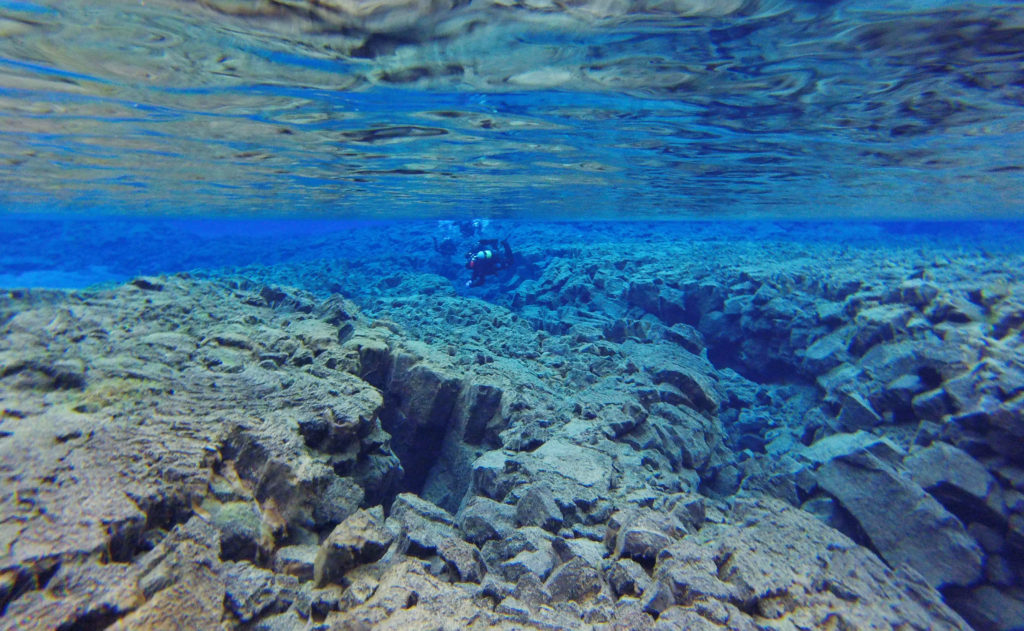



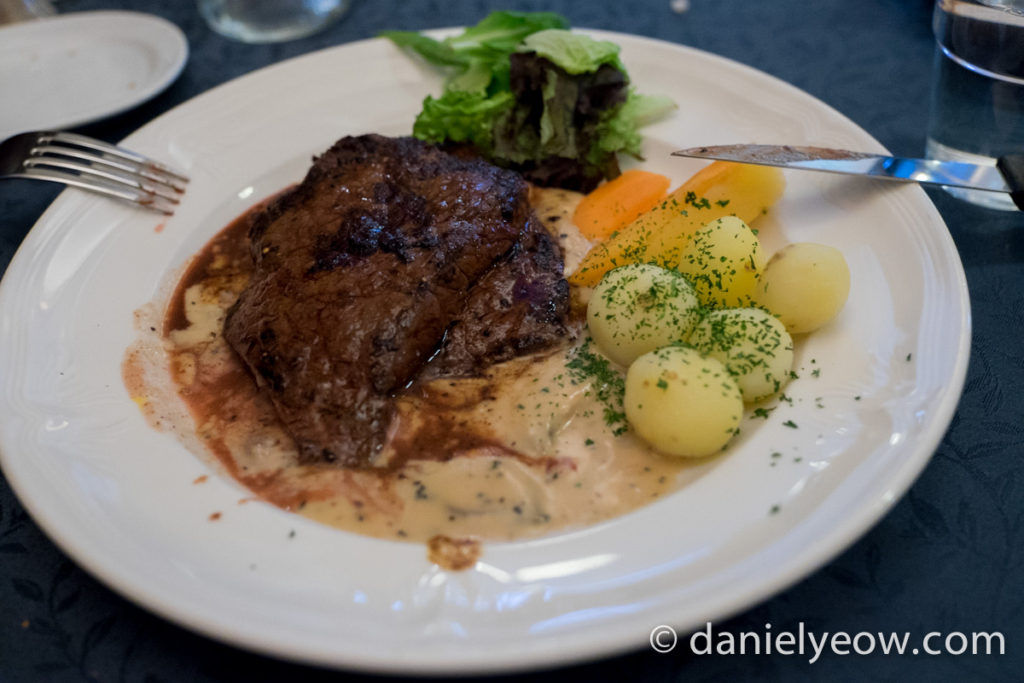






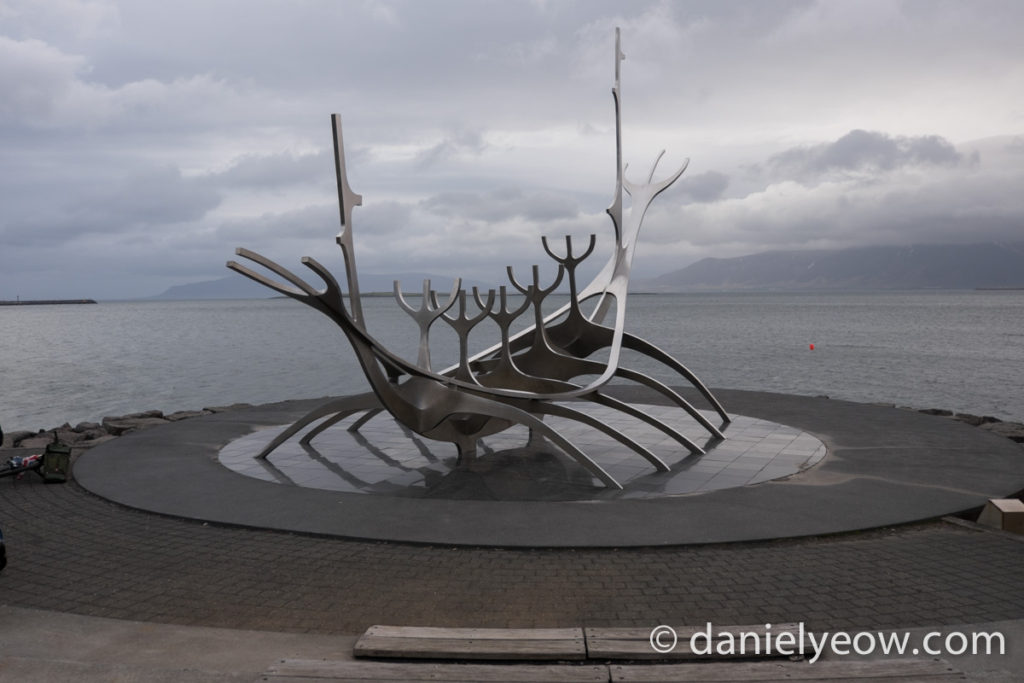








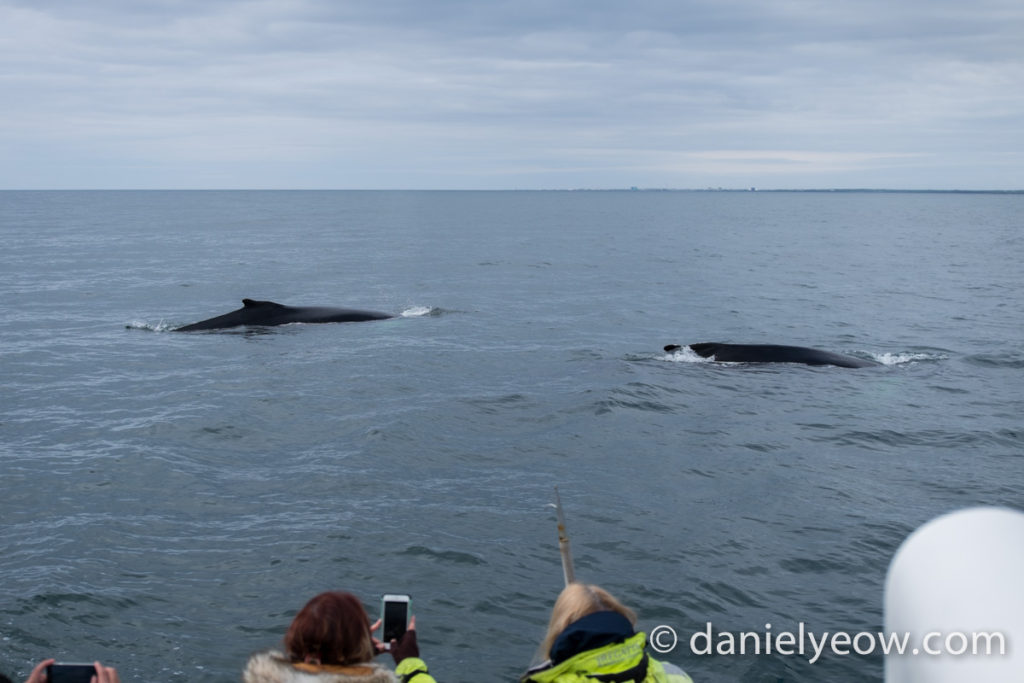



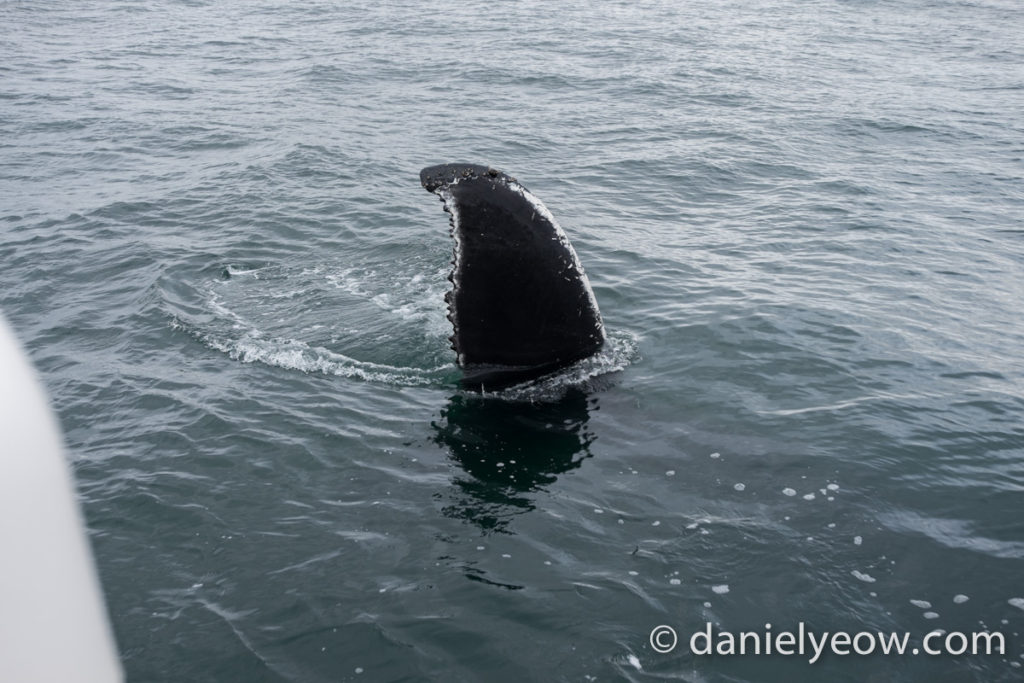





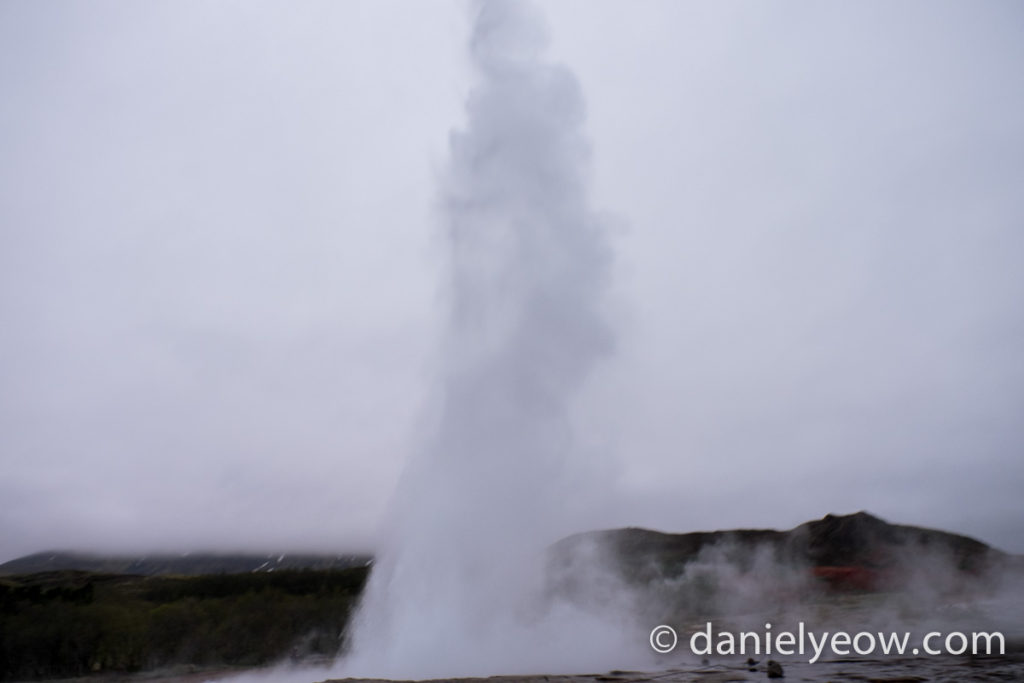








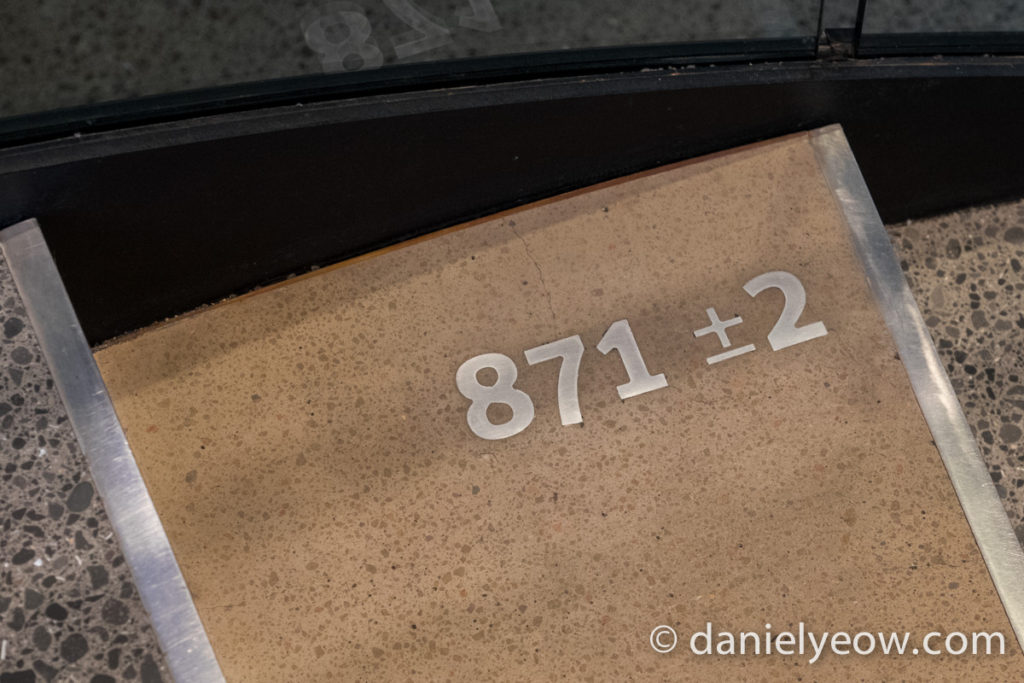

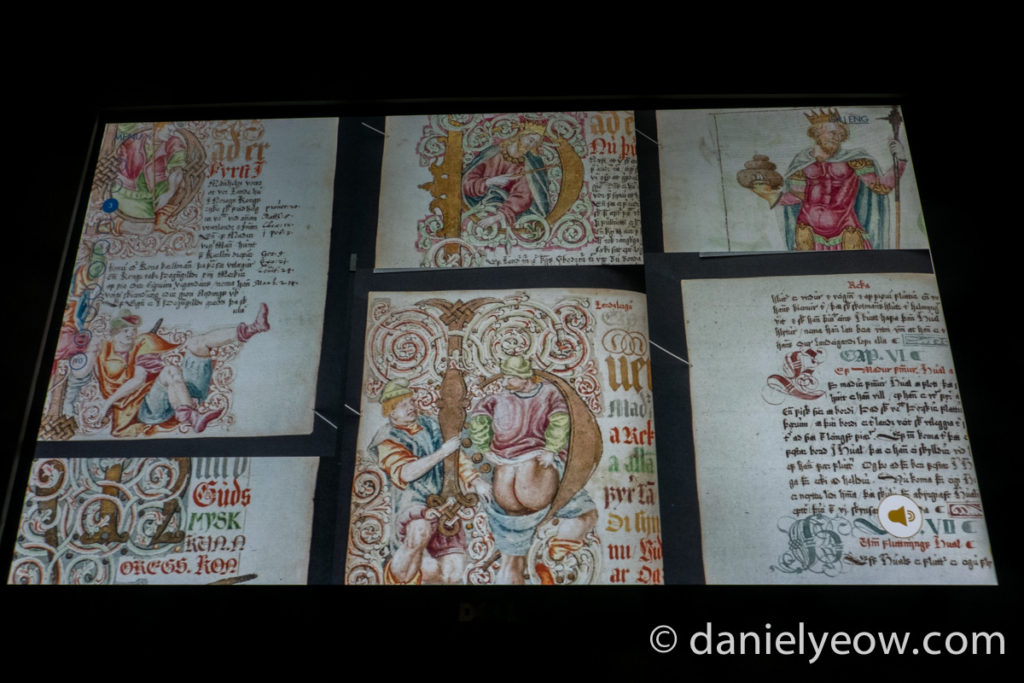


Iceland is amazing – these bring back some memories – I must go back.
fine stuff, mate (:
Looks like we had somewhat of a similar experience notwithstanding the ice climbing.